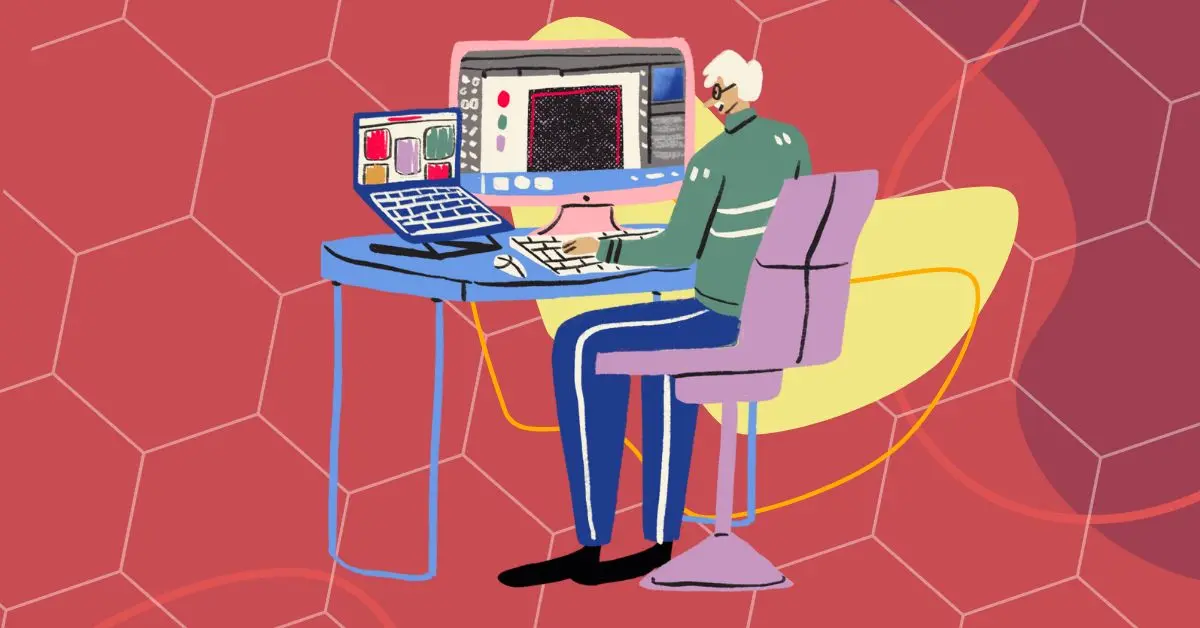
Freelance graphic design work can be a lucrative field. When companies and entrepreneurs need a quick design, turning to a freelancer can be the easiest way to get it done.
Still, there are plenty of question marks. How much should graphic designers charge? Where do you find freelance work? How do you get your name out to prospective clients?
Whatever you need to know about freelance graphic design, we’ve got you covered. Here are 7 steps to building your graphic design empire.
Freelance vs permanent: what kind of designer do you need?

Whether you’re looking for a designer or pursuing a career in graphic design, there are two different avenues you can consider.
- Freelance: Better value, ideal for one-off projects. Easier to get started in but less stable work.
- Permanent: More stable, allows you to build a working relationship. Ideal for companies that need many designs, these jobs are harder to come by.
If you need many designs, you can also consider working with an unlimited graphic design service like Penji. Either way, graphic designers may want to weigh the pros and cons of doing freelance work.
Freelance graphic design pros
- Easier to find work
- Work on your own schedule
- Create a variety of designs or hone your specialty
Freelance graphic design cons
- Unpredictable, crowded market
- Less stable income
- Requires additional skills like self-promotion and networking
Still, you can overcome these challenges by following these 7 steps.
[in_content_ads gallery=”logos” logo=”on” title=”Need graphic design help?” subtitle=”Try Penji’s Unlimited Graphic Design and get all your branding, digital, print, and UXUI designs done in one place.” btntext=”Learn More” btnlink=”https://penji.co”]
1) Learn the ropes

If you’ve reached this point, you likely have your head around the basics of graphic design. But nowadays, doesn’t everyone? Who among us hasn’t spliced together a meme, or used TikTok to create a stylish video?
Graphic design is both an art and a science. There’s practically no limit to how much you can learn. To pursue a freelance graphic design career, however, you just need a firm grasp on the fundamentals.
Study graphic design tools
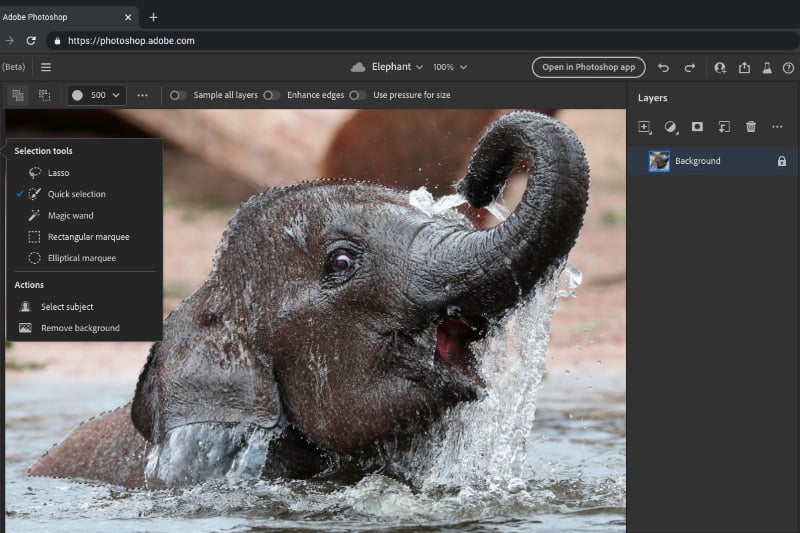 Adobe Photoshop
Adobe Photoshop
Adobe’s Photoshop and Illustrator remain the industry standard for graphic design. Most clients don’t care as long as the work gets done, but having a handle on Adobe software is a common first step.
You can check out several online tutorials to help you get a handle on Adobe Creative Cloud. Of course, these tools are also expensive, and can be a barrier to entry for burgeoning graphic designers.
Luckily, there are a number of free alternatives. Tools like GIMP, Krita, and Pixlr let you create great designs free of charge. While these tools aren’t exactly the same as Photoshop and Illustrator, they’re just as functional and can help you learn the same core design principles.
Study visual art principles
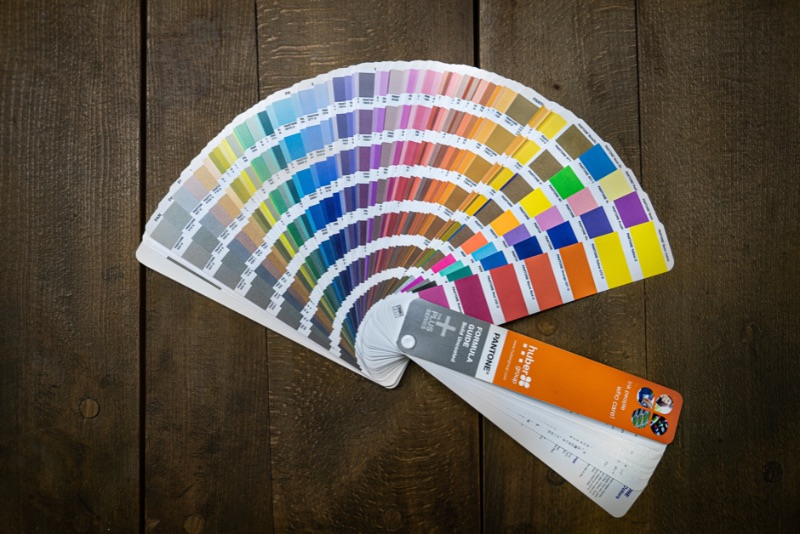
Learning the tools helps you gain a firm grasp on the science of graphic design. Vectors, layers, masks, and the technical breakdown of digital images all come into play.
Just as important, however, is the art of graphic design. Even when producing corporate logos and ads, you’re still making a piece of visual art. This is what they teach you in design school: the theory behind aesthetics, not just technique.
In a certain way, you’re thinking about your design so that your audience doesn’t have to. Color, placement, symbolism, and a thousand other things can affect how your design is received.
At the most basic level, you can pick a sampling of designs that you like. What do you like about them? What do they have in common? Would you like them as much if they were a different color, shape, or configuration?
2) Know your worth
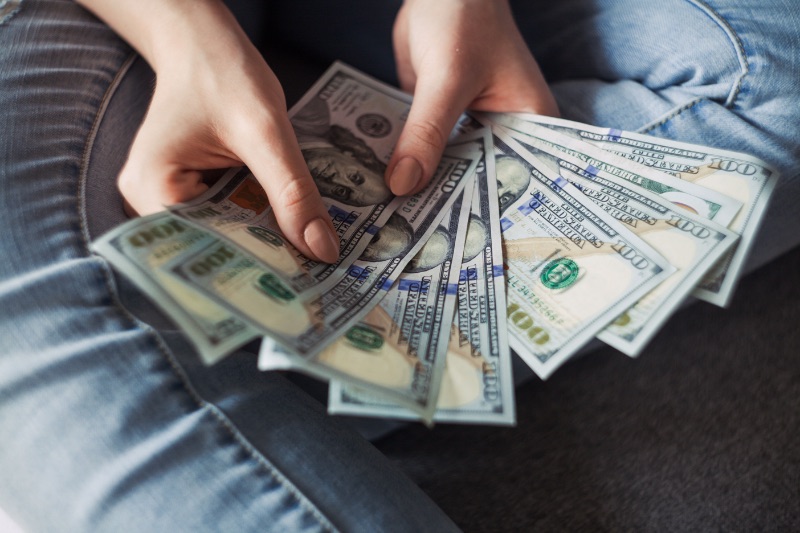
This is one of the trickiest and most ever-changing elements of any freelance career. How do you find the proper balance of skill, labor, and market considerations to sell your work at the right price?
The biggest help here is developing a network of graphic designers to reach out to. Getting a few different opinions can give you the best perspective on what’s fair to charge for different types of work and skill levels.
There’s another key element of knowing your worth: what kind of designer are you? One of the advantages of freelance graphic design is that—in theory—you can do just about anything.
Still, most designers have a few things they’re great at and a few things they’re so-so at. Do you love to design:
- Websites?
- Logos?
- Apparel?
- 3-D models?
- Digital art?
All these and more come with different rates and expectations. If you’re stuck, you can check out freelancing sites and see how much people charge. Upwork designers, for instance, tend to charge between $15 and $35 per hour.
3) Build your brand

Creating a unique brand identity requires a lot of different skills. But the fact that you already know how to design gives you a leg up.
Branding can involve many factors: social media, a website, a logo, a mailing list, the list goes on. But from the very beginning, consistency is key. Find colors, fonts, and symbols that best represent your brand, and use them everywhere.
Starting with a logo design can be a great exercise. You might not need a logo in the long run (many freelance graphic designers don’t have one), but it’ll help you break down your brand to its bare essentials. A typeface, a color scheme, and a simple, memorable symbol.
Branding isn’t all about design. Setting up professional social media accounts and updating them can be just as important. But especially for graphic designers, it’s important to put your work front and center.
Don’t rely on stock photos, clever writing, or even yourself. If someone is seeking out a freelance graphic designer, the first (and usually only) thing they want to see is what work you’ve done and how much it costs. This is why a consistent, well-designed media feed can draw people in.
4) Spread the word

For freelancers, the process of building your design portfolio often starts at home. Your peers, friends, or even family might be your first clients.
Before you go public, it’s good to have a bit of work under your belt. This is another advantage of studying design in school, but there are ways to get around it. On top of designing your own social media feed, you can exchange work with other designers or start on a local scale.
It will even be helpful to mock up a few designs just for display. Reimagine popular brands, make up your own, or just flex your creativity.
Building a portfolio and making it accessible is the first step towards attracting new clients. Word of mouth isn’t everything, especially in the digital age, but it’s a place to start. And if you’re looking to build online traction, skills like SEO can help you get discovered.
5) Find and attract clients

Now that you’ve laid the groundwork, it’s time to finally put yourself out there and find freelance graphic design jobs. This can feel like the most daunting part of freelancing, but there are great online resources out there to help you find clients.
Design-specific sites like Behance and Dribbble are some of the best places to keep your portfolio. You can also compile your work with a personal website or a business card platform like Carrd.
Beyond that, the way you reach out to clients might depend on your field. While design skills carry across industries, you can start by figuring out your ideal client.
Would you like to design for a major company? An entrepreneur? A content creator? Entertainment? Healthcare?
In-person and virtual networking events can help you meet people in your preferred market. While the word “freelance” conjures up images of flying from one project to the next, it’s good to establish consistent clients. Good working relationships help you build consistent income.
Speaking of which…
6) Understand graphic design freelance finances
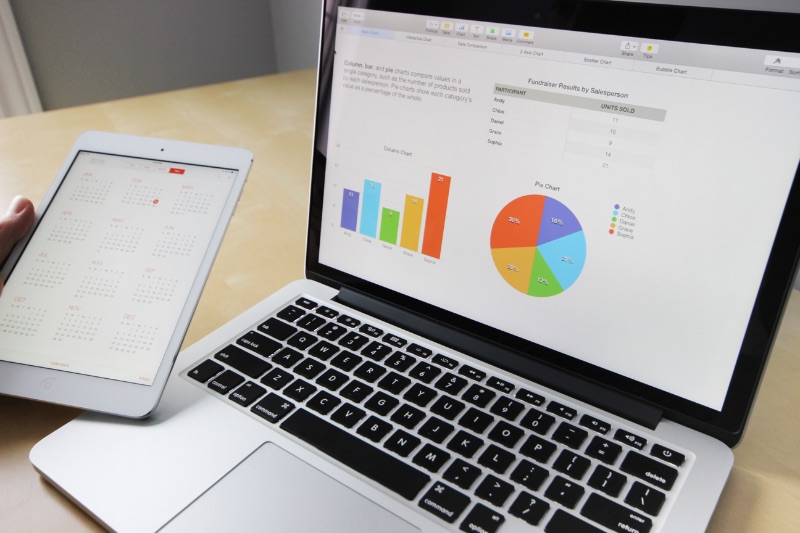
Here’s a question you might have been wondering from the beginning: how, exactly, do freelancers make money? One advantage of permanent design work is the promise of steady income. Graphic design freelance work requires you to be much more on top of your money.
Profits and losses
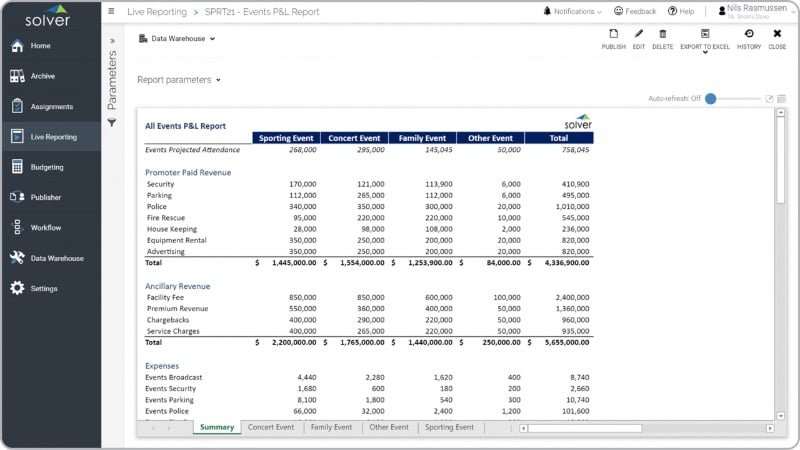 Sample P&L report from Solver
Sample P&L report from Solver
A P&L (profits and losses) statement is a spreadsheet used to keep track of revenue and expenses. Graphic design work comes with relatively few expenses, but it’s still important to keep track of everything. From a sketchpad to a new computer, anything that goes into your work is part of your financial math.
Beyond that, spreadsheets just make it easy to keep track of multiple projects. An organized calendar is important for staying on schedule, but these sheets will help you keep track of results.
Don’t break the bank
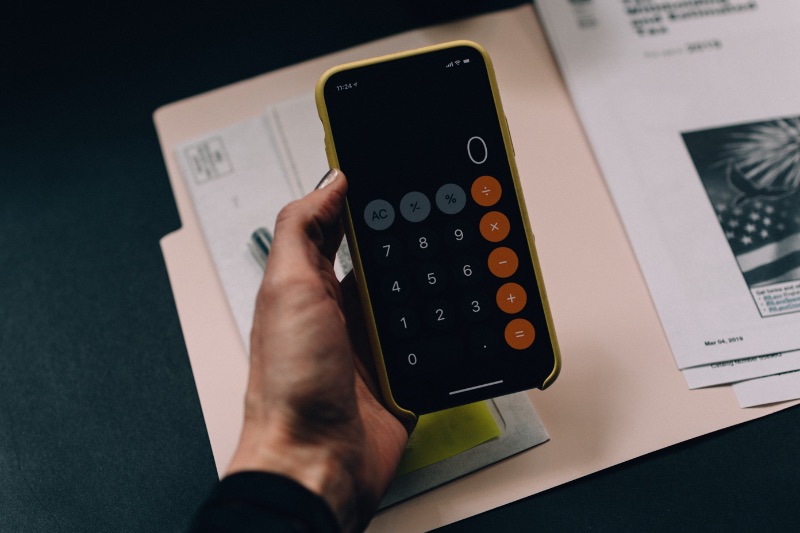
Freelance finances can be fickle. You might get enough work in a week to be comfortable for a while, and you might go months without any takers.
This is why, as you’re starting to consider a freelance career, it’s important to create a budget for yourself. How much do you, personally, need to make in a month to sustain yourself and your career? Think about groceries, maintenance, transportation, and other regular expenses.
Between a budget and a detailed P&L, you should get an idea of how much you’re really making as a freelance graphic designer. With that info, you can make changes and decide if you want to go pro.

If you’ve followed these tips, built a brand, and scored a few clients, it’s time to level up.
Scaling can be a difficult process, but ensuring you come off as a professional is the first step. Do you have a graphic design freelance contract? Do you know how to write great pitches and proposals? How to make an invoice?
These tools may not be important when you’re just starting out, but they’re vital for turning your passion into a career. If you want to pitch to one of your favorite companies, you’ll have to prove you’re the real deal.
Tools like Bonsai and FreshBooks can help you streamline your business process. The more you scale, the more important it is to fine-tune your workflow.
Setting long term goals as a full time freelance designer also means building a strong portfolio. Finding quick freelance gigs on a job board like Fiverr or Upwork may be part of that process. Even if you’re not passionate about it, keep your eyes on the prize.
Where your graphic design freelance career can take you

Graphic design freelance work is a tricky balance. At its best, it allows you to work on your own schedule with a wide variety of clients. The only trouble is, you have to build that schedule and find those clients yourself.
With time, you can find a great balance with your freelance career. If you’re an established name with a stable of regular clients and connections, it can be quite lucrative. It can also be a perfect stepping stone towards a full-time design career.
Penji is a graphic design service that hires the top 2% of design talent from around the world. If you’re a hardworking graphic design freelancer who’s followed these 7 tips, you may be ready to join the team.









